- Joined
- Oct 16, 2011
- Messages
- 2,616
- Reaction score
- 432
- Location
- 203
- Can others edit my Photos
- Photos OK to edit
I don't know if this will be useful for all but I thought this video was great. Especially, for those who are trying to figure out what light to buy next.
Last edited by a moderator:


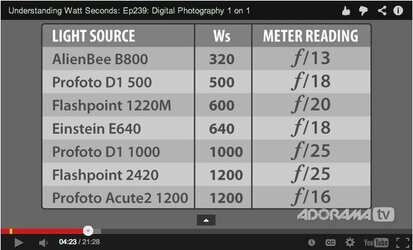
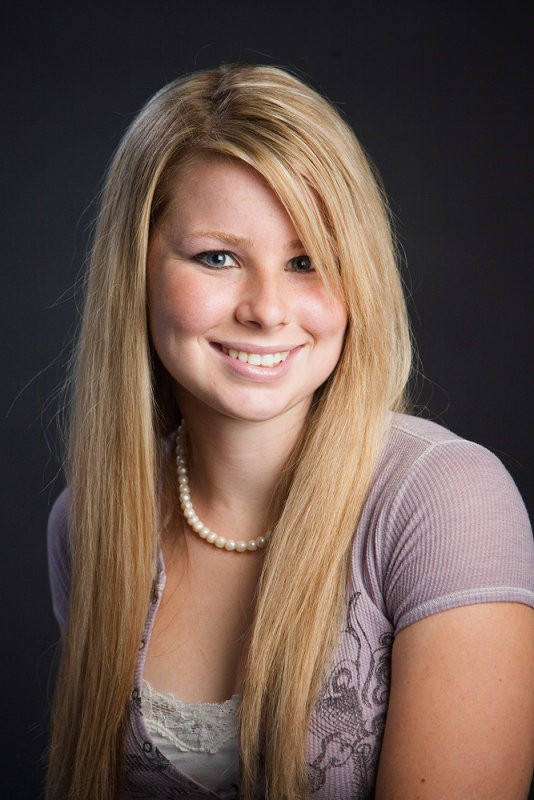
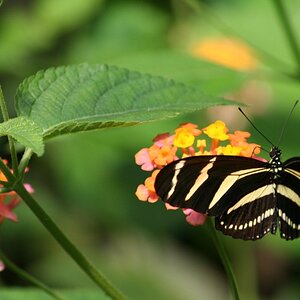
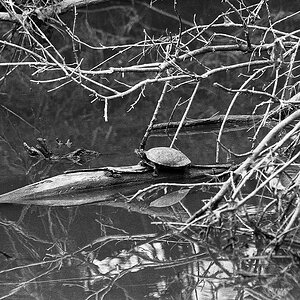
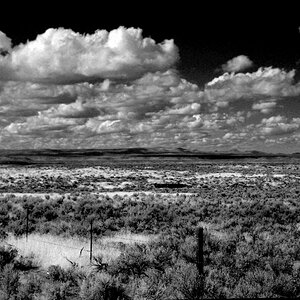

![[No title]](/data/xfmg/thumbnail/41/41755-a922f39cc29ff8f6e66a197508bf99f3.jpg?1619739881)
![[No title]](/data/xfmg/thumbnail/38/38736-5bc266b035e23faf5ad942bdd97466a8.jpg?1619738703)

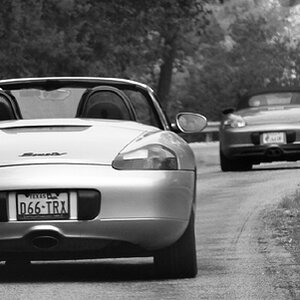
![[No title]](/data/xfmg/thumbnail/35/35665-6506470fd930bd101375a007d572615a.jpg?1619737089)
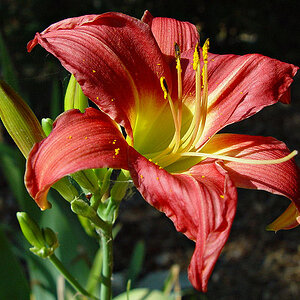
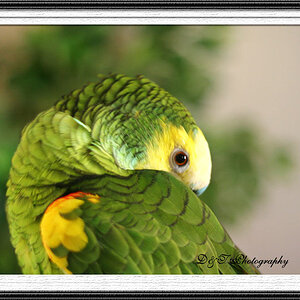
![[No title]](/data/xfmg/thumbnail/30/30886-4d4f2b370f36c175a23901cc8689aea4.jpg?1619734498)